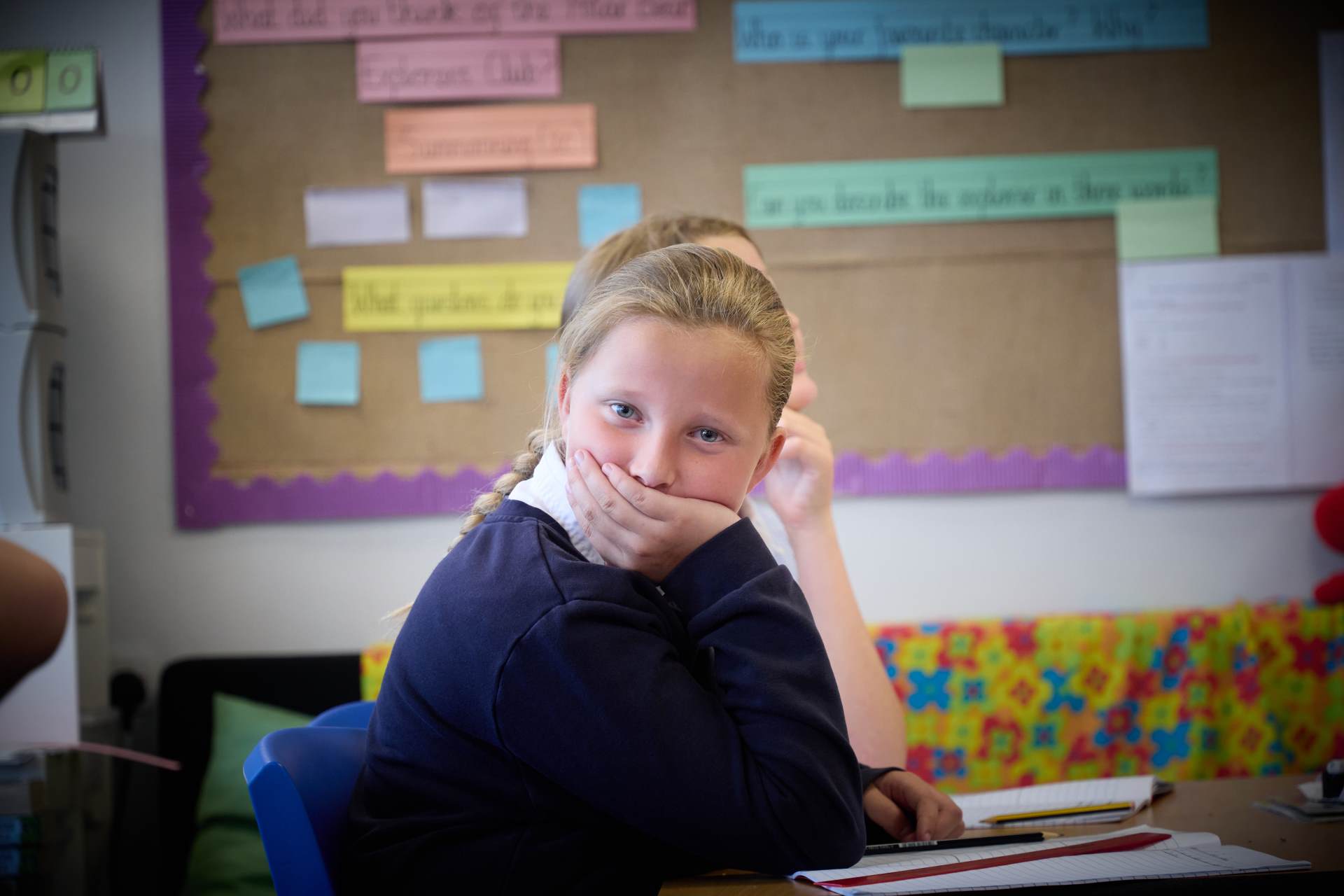Design & Technology

Intent
The Longhill Primary School Design and Technology curriculum is designed to provide children with an in-depth and broad understanding of design and technology linking to food, materials, textiles, electricals, construction, mechanics and computing by teaching a range of concepts through different contexts. The curriculum aims to develop pupils’ design and technology skills to foster creativity and imagination when designing, making and evaluating a range of differing products. Pupils will become inspired to develop creative products that add value and impact to the world. They will master practical skills across a range of design methods, in addition to having a solid understanding of the design process and how to research and take inspiration from existing products. By teaching a range of concepts through different contexts, children will be able to link their knowledge to have a better understanding of effective product design and creation.
Implementation
At Longhill Primary, our Design and Technology curriculum is carefully structured to provide a clear progression of knowledge, skills, and techniques from Early Years through to Year 6. Lessons are sequenced to ensure that children build upon prior learning and apply their growing understanding to increasingly complex projects.
Each unit follows the full design process: research, design, make, and evaluate. Pupils are encouraged to think creatively, take risks, and problem-solve as they design and construct purposeful, functional products that meet real and relevant needs. Throughout each project, children learn to select and use a range of tools, materials, and components safely and effectively.
We ensure coverage across the key strands of D&T — mechanisms, structures, textiles, electrical systems, food technology, and digital design. These are revisited through carefully planned units that allow children to make connections and apply their knowledge in new contexts. For example, early units may focus on simple joining techniques or basic structures, while later projects incorporate complex mechanisms, moving parts, or programmable systems.
Food technology is embedded across the school, where pupils learn essential cooking skills, food safety, and nutrition. They develop an understanding of where food comes from and the importance of a balanced diet, linking learning with science and PSHE.
Our teaching approach combines direct instruction with hands-on exploration, allowing pupils to test ideas, refine designs, and evaluate outcomes. Teachers model practical techniques and use questioning to promote critical thinking and reflection throughout the design process. Cross-curricular links are made wherever possible — particularly with maths(measurement and shape), science (materials and forces), and computing (digital design and control).
We provide opportunities for collaboration and independent learning, ensuring all pupils, including those with SEND, are supported through adaptive teaching, scaffolded resources, and alternative tools or materials where necessary.
Impact
- Children can talk about a range of pre-existing products and their impact on society. They have the skills and knowledge to be able to evaluate these products.
- Children are confident with the design, make, evaluate and improve model for the product creation process, and they can apply this to different topics including food, materials, textiles, electricals, construction, mechanics and computing.
- Children have the technical skills and the knowledge required to create a range of products.
- Children are inspired to create their own products, which may lead to work opportunities in later life.
Click on the links below for further detailed plans:
Foundation Stage 1 Plan D and T Spring
Foundation Stage 2 Plan D and T
Year 5 D and T PlanYear 6 D and T PlanTextiles Planning (Whole School)
D&T Progression MapPlease also refer to the Foundation Stage medium term plans




